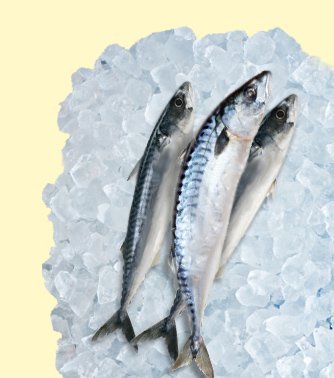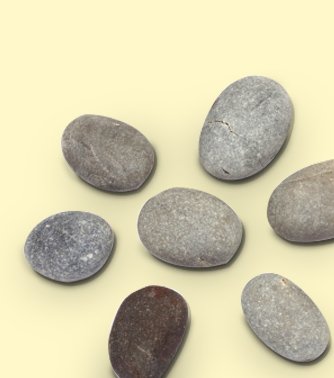Money & Banking
Money is primarily the medium of exchange in an economy; it’s what people trade for goods and services. Money includes more than just physical currency; it also includes bank deposits since we often make purchases with checks or cards that withdraw from our bank accounts.
Banks create money whenever they extend a loan. The new loan represents new purchasing power, and the deposit that banks the loan is also money.
Money Makes the World Go Around
REAL WORLD EXAMPLES
See more examples in the
Mackerel Money
Often in prisons, cigarettes evolve as the preferred unit of account and medium of exchange. The commodity money is useful as currency, in addition to its manufactured purpose. But in 2004, the U.S. government outlawed smoking in federal prisons, and this led to an interesting movement into a new medium of exchange.
In a 2008 Wall Street Journal article, Justin Scheck reported one federal facility where cans of mackerel had taken over as the accepted money. According to one prisoner: “It’s the coin of the realm.” And this happens even though this “bartering” is not legal in federal prisons. Prisoners can lose privileges if they are caught exchanging for mackerel.
The Land of Stone Money
On the small island of Yap, the indigenous people came up with an extraordinary form of money called fei. Using limestone that was quarried hundreds of miles away and brought back to the island via canoes, they created large donut-shaped stones. The donut hole was used to transport the stones via poles from one place to another. Also, since there was no local supply of limestone on the island, the amount of money was fixed.
Part of the reason for the success of fei was that it served as the medium of exchange, the standard of value in which everything was measured, and it could be stored and spent later on. This example shows that so long as everyone accepts the currency in exchange, the currency has value.

